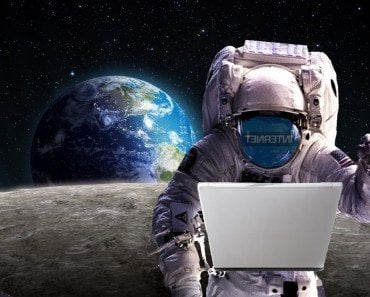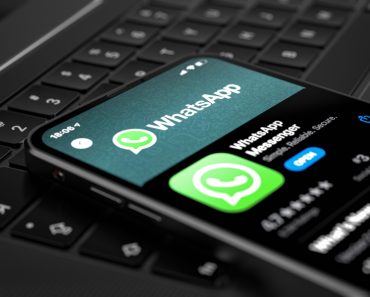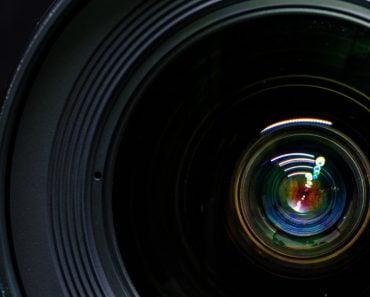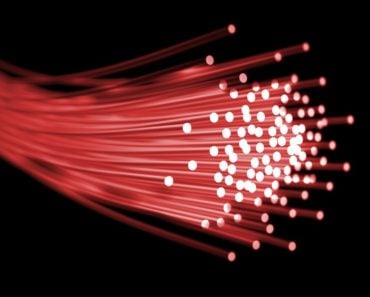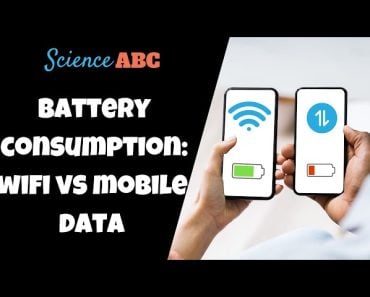Table of Contents (click to expand)
Television broadcasts utilize well-established infrastructure, whereas live stream infrastructure is still being developed and also requires stable internet on the user’s end.
Watching sports events on a live stream when your friends are watching the television channel that broadcasts it is a really tough ordeal. For example, while Messi might be lining up to take a penalty, your phone might already be blowing up with reactions to the outcome!
While streaming has revolutionized the way we’re able to consume content, it still faces the drawback of being slower and often of lesser quality, especially when it comes to live events.
So, let’s try to understand why it lags behind live broadcasts.
Recommended Video for you:
How Does Live Streaming Work?
Streaming is the process of delivering a video file over the internet in parts. From a technical perspective, the process of streaming content consists of several steps.
Firstly, the video data is captured, compressed and encoded. These steps are necessary to reduce the time and network requirements of a stream for the users. Next, the data is divided into smaller fragments, which are transported over the internet.

This process is expedited by the use of a Content Distribution Network (CDN). A CDN is a distributed network of servers, where the servers are spread globally. They store the video fragments being sent by the source.
So, if you’re sitting in India watching a basketball match happening in London, you would receive the stream from a server located in India, instead of the one in London. This reduces the wait time for the user, making the stream a smoother experience and also decreasing the pressure on the server in London by distributing the user traffic. Once your device receives the video data, it decompresses and decodes it, then plays it onto your screen using a media-playing application.
How Does A TV Broadcast Work?
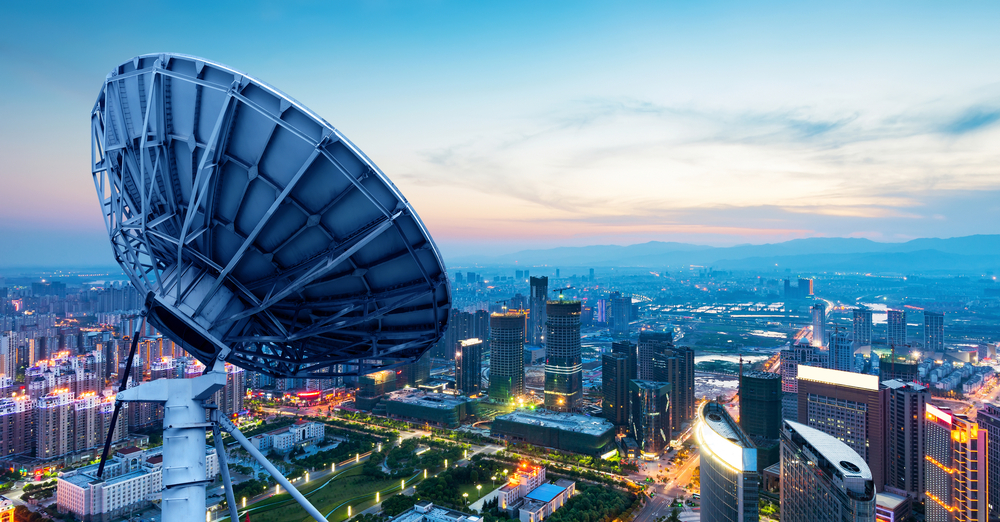
A Tv broadcast works by transmitting signals from a television station to a television using different forms of physical media. Cable and over-the-air (OTA) networks are primarily used for transmitting these signals.
The television station encodes audio and video signals into a broadcast signal and transmits it using a powerful antenna. The signal is then received by a TV antenna (for OTA) or cable service provider (for cable) and is decoded to produce the audio and video content. The TV set then displays the content for viewing.
Why Is A Live Stream Slower?
The main reason for the slower speed of a live stream, as compared to a corresponding broadcast, lies in the underlying technical frameworks involved on the user’s end, as well as the network through which the stream is delivered to the user.
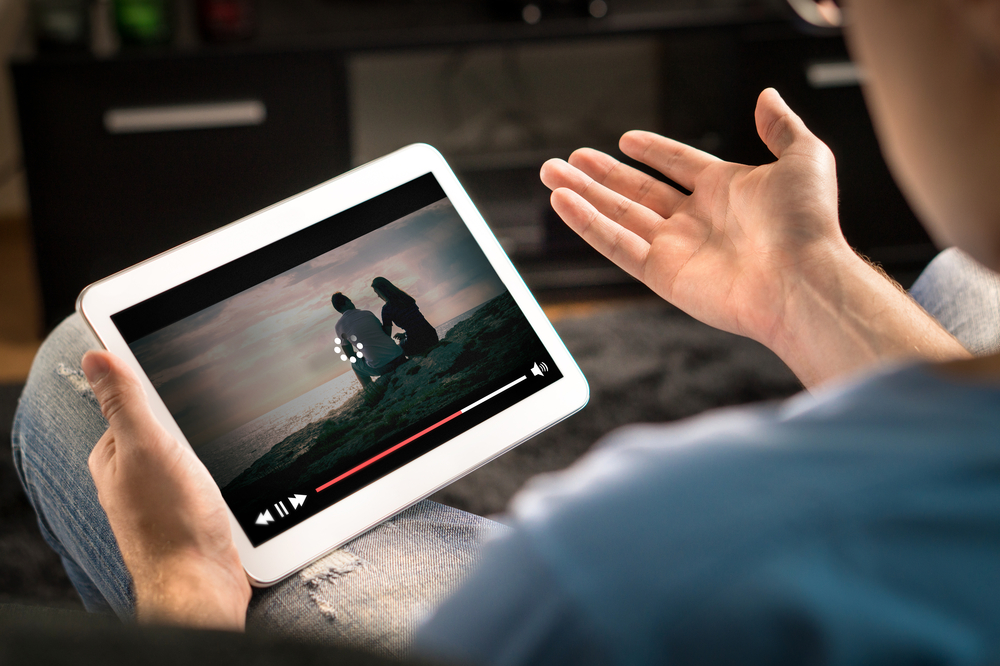
Starting from the source, a live stream needs to be encoded and compressed in real-time to thus be transported in real-time. The live stream is then hosted on servers and delivered via a content delivery network (CDN). During this series of steps, any one can act as a bottleneck, especially when a large number of people are watching the same live stream.
Ever since the internet became our window to the world, all of us know the pain of dealing with slow internet connections. A slow and unreliable internet connection leads to larger buffer times and lower quality streams. A typical 4K stream requires an internet speed greater than 25Mbps. The median internet speed in India on mobile devices is around 14 Mbps. As internet connectivity and speed improves, the live streaming of content will gain even more prominence.
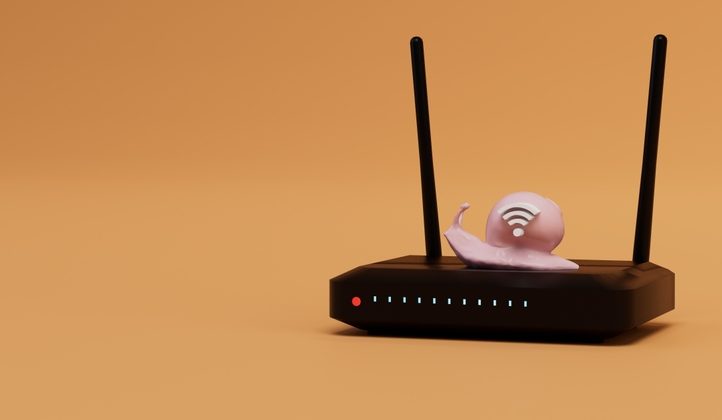
Television broadcasts, on the other hand, have the luxury of using well-established and optimized networks. Since they have been in use for decades, over time the entire process of transmitting signals from a source to the end user has become very polished. Having a large number of viewers consuming the same content is rarely a cause of concern for a television broadcast.
What Does The Future Hold?
Streaming platforms like Netflix, Hulu, and Prime Video have expanded their user bases tremendously in recent years. They provide viewers the flexibility of viewing live events on their mobile phones, laptops or any other device with internet access.
Live streaming concerts and sporting events poses several challenges for streaming. In such scenarios, television broadcasts are a more stable and faster alternative. However, improvement in streaming technology and internet connectivity will undoubtedly make live streaming a viable alternative for everyone in the future.

